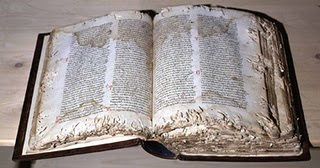Embodied Archives
Keywords:
archives, the body, W. D. Du BoisAbstract
In a profound meditation on the complex genre of autobiography, W.E.B. Du Bois, toward the end of his extraordinary life, wrote: “What I think of myself, now and in the past, furnishes no certain documents proving what I really am. Mostly my life today is a mass of memories with vast omissions, matters which are forgotten accidentally or by deep design” (cited in Sundquist 1996: 3). Situated in the context of Du Bois’ haunting meditation on loss, memory gaps and historical omissions, I want to ask the following question: What if some of these vast omissions, forgotten accidentally or because of the violent historicidal forces of assimilation, were recuperable through the staging of an archaeology of one’s body, through the reflexive examination of the self as repository of so many dense cultural sedimentations and as archive of accumulated histories and practices? The question, then, that I want to pose in the course of this paper is: In what ways may our lived bodies be seen as living, corporeal archives, repositories of historical practices and inventories of almost invisible traces?Downloads
Published
2011-09-22
Issue
Section
Articles
License
The copyright for articles in this journal is retained by the author(s), with first publication rights granted to the journal. By virtue of their appearance in this open access journal, articles are free to use with proper attribution in educational and other non-commercial sectors.Attribution-NonCommercial-ShareAlike 2.1 Australia
This work is licensed under the Creative Commons Attribution-NonCommercial-ShareAlike 2.1 Australia License. To view a copy of this license, visit http://creativecommons.org/licenses/by-nc-sa/2.1/au/ or send a letter to Creative Commons, 543 Howard Street, 5th Floor, San Francisco, California, 94105, USA.
How to Cite
Embodied Archives. (2011). Journal of the Association for the Study of Australian Literature, 11(1). https://openjournals.test.library.sydney.edu.au/JASAL/article/view/9789

